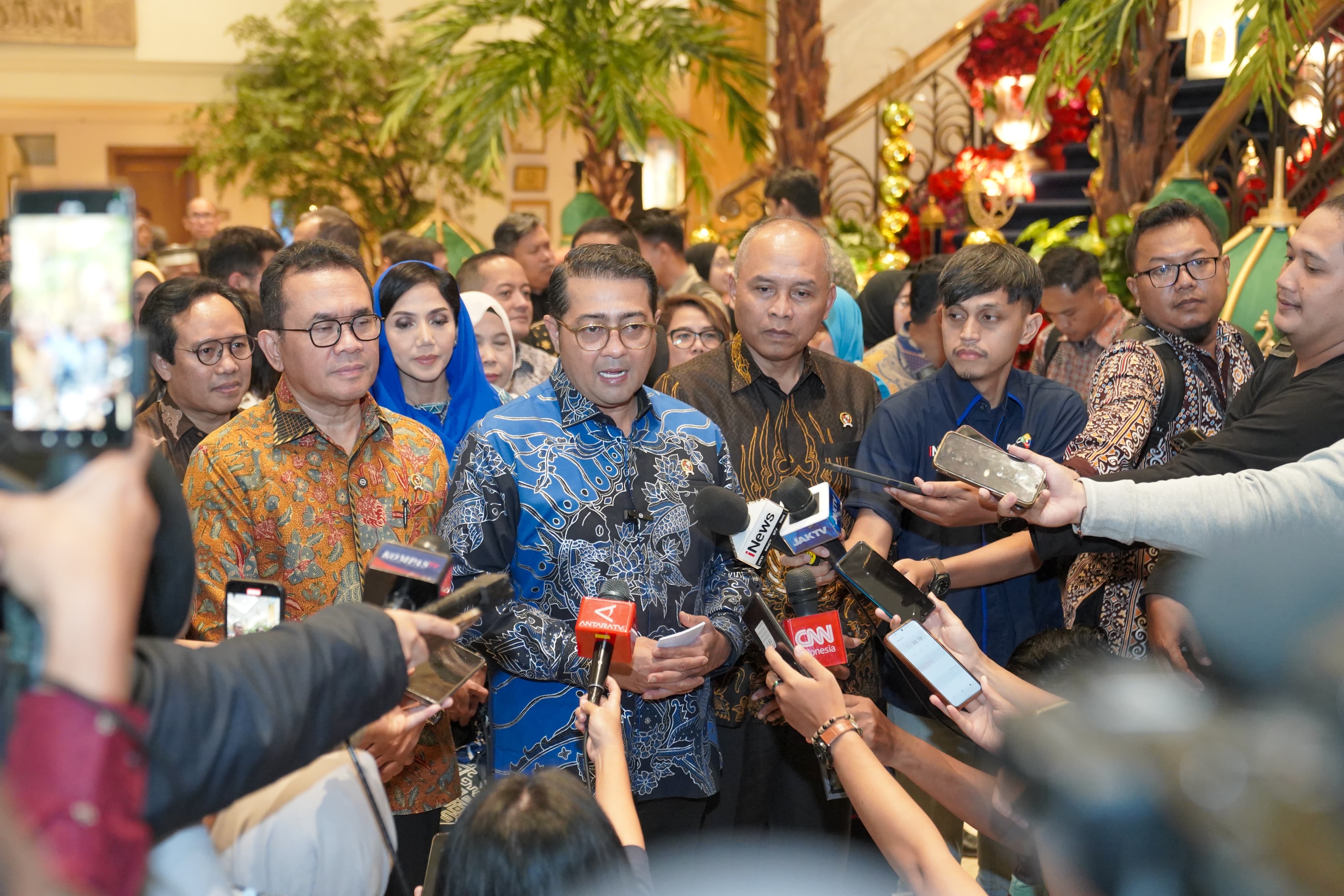Indonesia's creative economy has emerged as a significant force in the nation's economic landscape, contributing substantially to the Gross Domestic Product (GDP) and providing employment opportunities to millions. This sector encompasses a wide range of industries, including fashion, culinary arts, crafts, music, film, and digital applications, reflecting the rich cultural heritage and innovative spirit of the Indonesian people.
The Rise of Indonesia's Creative Economy
Over the past decade, Indonesia's creative economy has experienced remarkable growth. According to data from the Creative Economy Agency (Bekraf), the sector's contribution to the national GDP increased by 8.13% between 2018 and 2019, rising from IDR 1,066.64 trillion to IDR 1,153.4 trillion. This upward trajectory has positioned Indonesia among the top countries globally in terms of creative economy contributions, alongside the United States and South Korea.
Key Drivers of Growth
Several factors have propelled the expansion of Indonesia's creative economy:
- Diverse Cultural Heritage: Indonesia's rich cultural diversity provides a vast reservoir of inspiration for creative endeavors. Traditional arts and crafts, indigenous music, and regional cuisines have been reimagined for contemporary markets, both domestically and internationally.
- Youthful Demographics: With a significant portion of the population being young and tech-savvy, there has been a surge in digital content creation, including app development, gaming, and online media. This demographic is not only consuming creative products but also actively participating in their production.
- Government Initiatives: The Indonesian government has recognized the potential of the creative economy as a driver of sustainable growth. Policies aimed at supporting creative industries, protecting intellectual property rights, and providing funding opportunities have been implemented to foster innovation.
Economic Contributions
The creative economy's impact on Indonesia's GDP is substantial. As of 2016, the sector contributed approximately 7.4% to the national GDP, amounting to 922.6 trillion rupiah (approximately $63.6 billion). This contribution has likely increased in recent years, reflecting the sector's resilience and adaptability, even amid global economic challenges.
Employment and Social Impact
Beyond its economic contributions, the creative economy plays a pivotal role in employment:
- Job Creation: The sector has been a significant source of employment, engaging millions of Indonesians across various sub-sectors. Notably, Indonesia's creative economy sector managed to employ up to 17 million workers, significantly surpassing that of the United States, which had only 4.7 million.
- Social Inclusion: The creative economy has been instrumental in promoting social inclusion by providing opportunities for marginalized communities to participate in economic activities. In regions like Bali, the sector accounts for 13% of the workforce and contributes to 8% of the GDP, showcasing its role in regional development.
Challenges and Opportunities
While the creative economy has made significant strides, several challenges need to be addressed to sustain its growth:
- Infrastructure Development: Improving infrastructure, such as transportation and digital connectivity, is crucial to support creative enterprises, especially in remote areas.
- Access to Funding: Many creative entrepreneurs face difficulties in securing financing. Establishing dedicated funding mechanisms and providing financial literacy programs can empower these entrepreneurs to scale their businesses.
- Intellectual Property Protection: Ensuring robust intellectual property rights is essential to protect creators' works and encourage innovation. Strengthening legal frameworks and raising awareness about intellectual property can mitigate issues related to piracy and unauthorized use.
- Capacity Building: Investing in education and training programs tailored to the needs of the creative sector can enhance the skills of the workforce, fostering competitiveness and creativity.
Future Outlook
The future of Indonesia's creative economy appears promising. The sector is expected to continue its upward trajectory, driven by a combination of cultural richness, youthful energy, and supportive policies. By 2030, the creative economy is anticipated to play a more significant role globally, contributing up to 40% to the world’s GDP. Indonesia, with its strategic initiatives and vibrant creative community, is well-positioned to be a leading player in this global movement.
Conclusion
Indonesia's creative economy stands as a testament to the nation's ability to harness its cultural assets and human capital for economic development. By addressing existing challenges and capitalizing on emerging opportunities, Indonesia can further solidify its position as a global hub for creativity and innovation, driving sustainable growth and enriching the lives of its people.
Read More






 Thursday, 27-11-25
Thursday, 27-11-25







